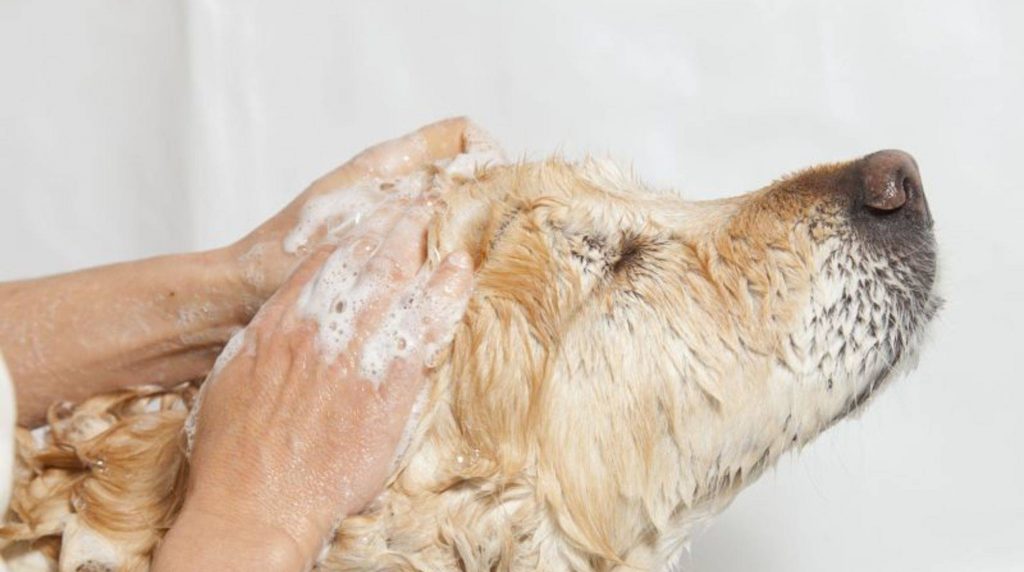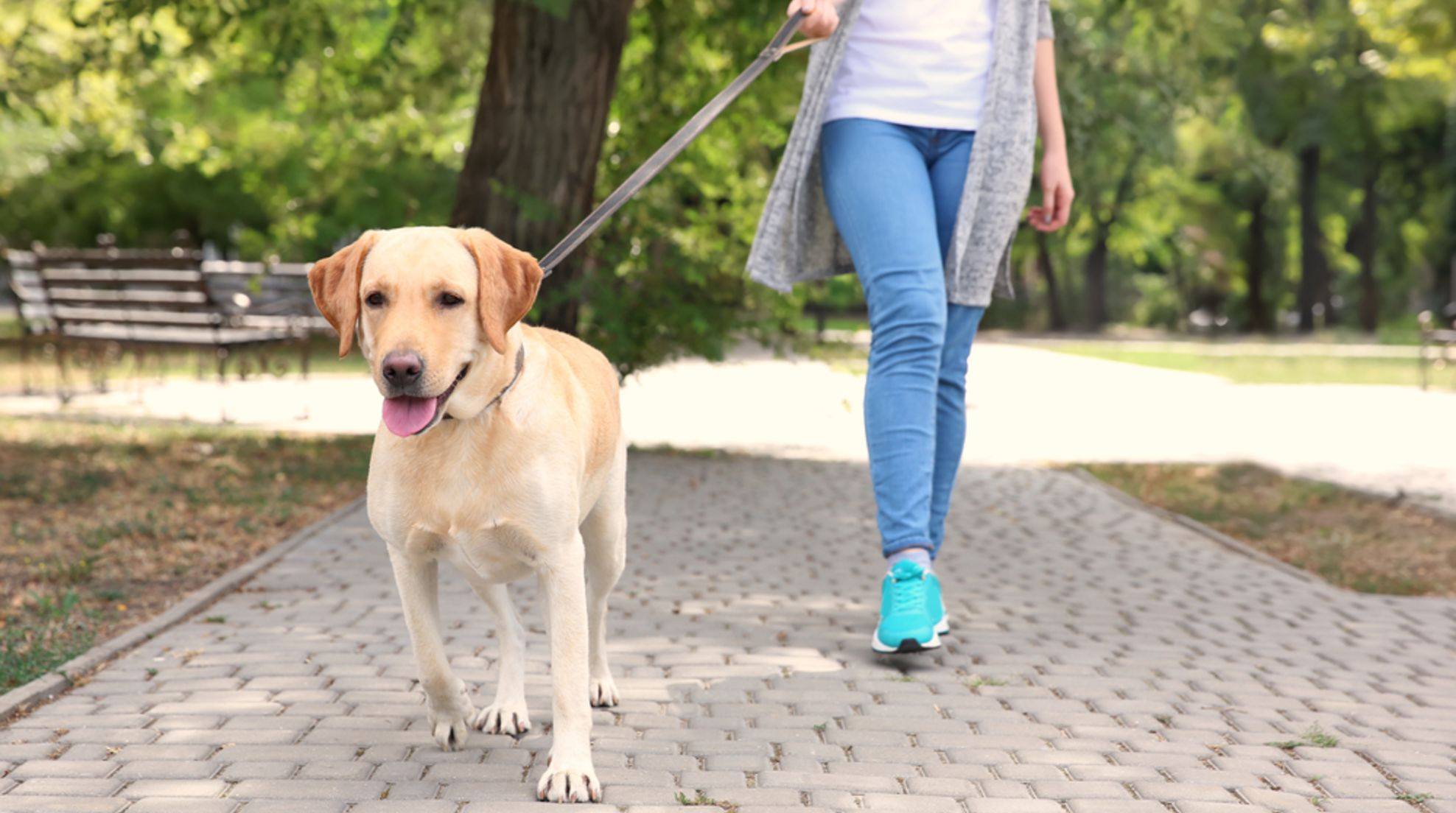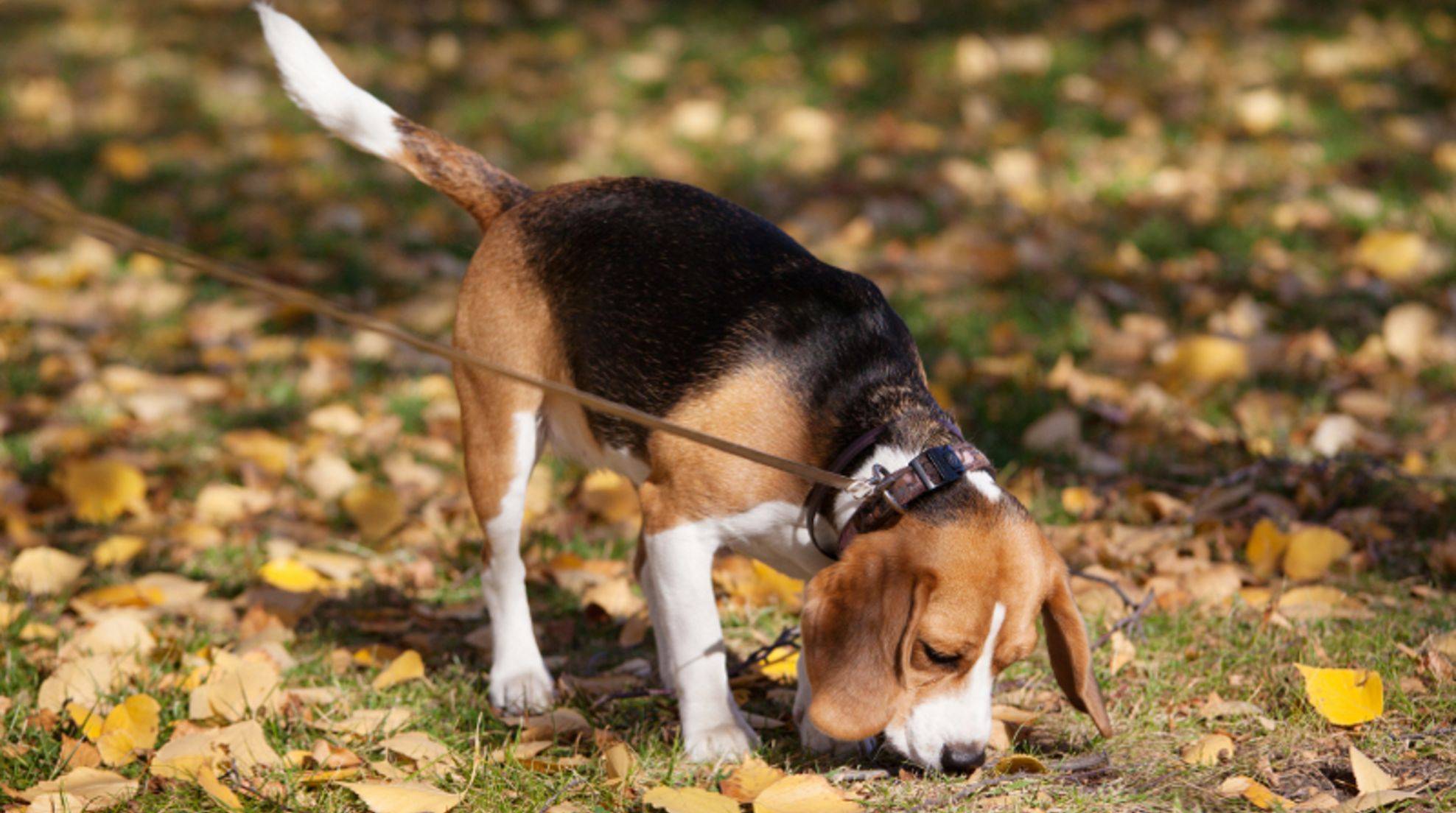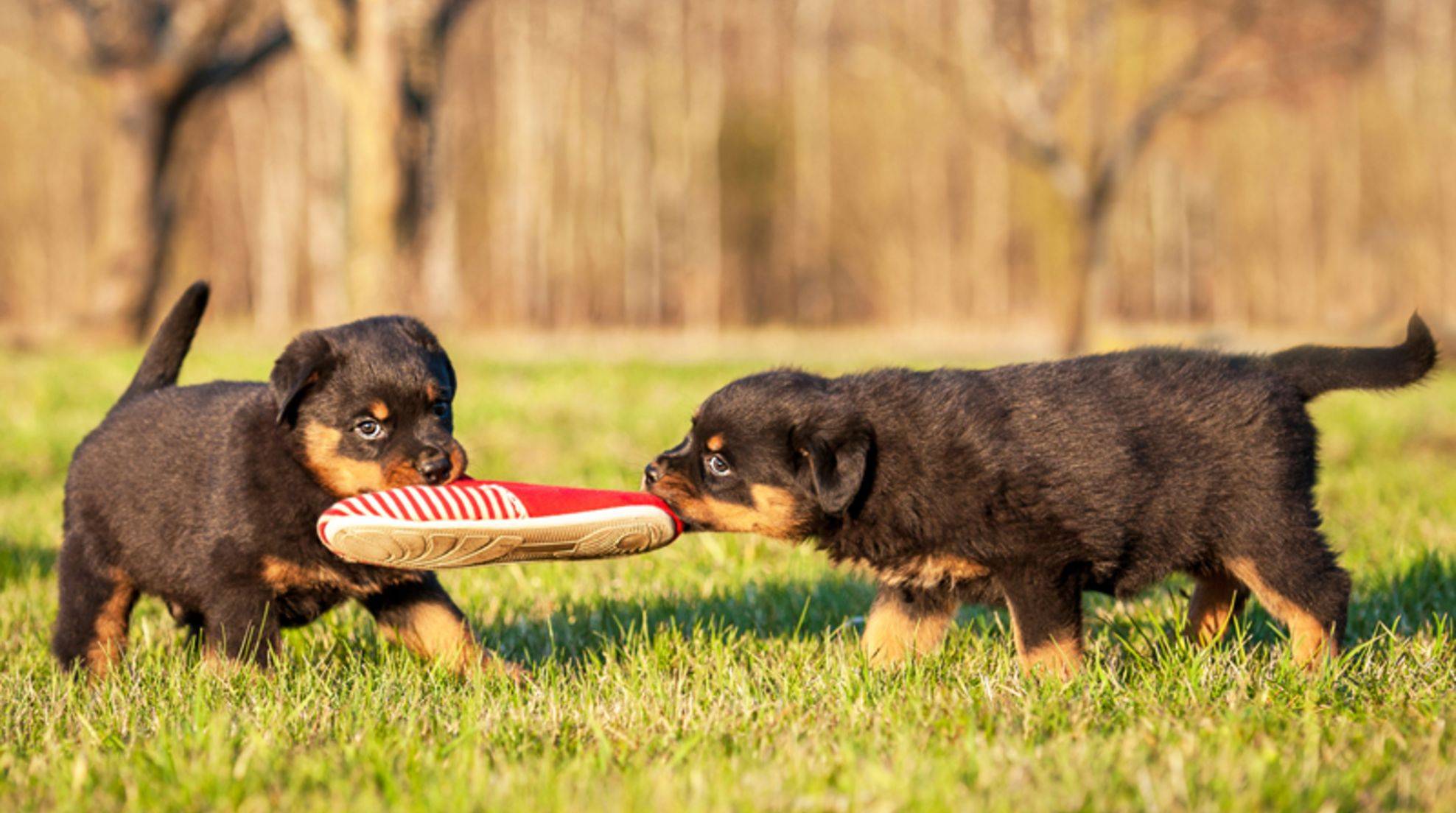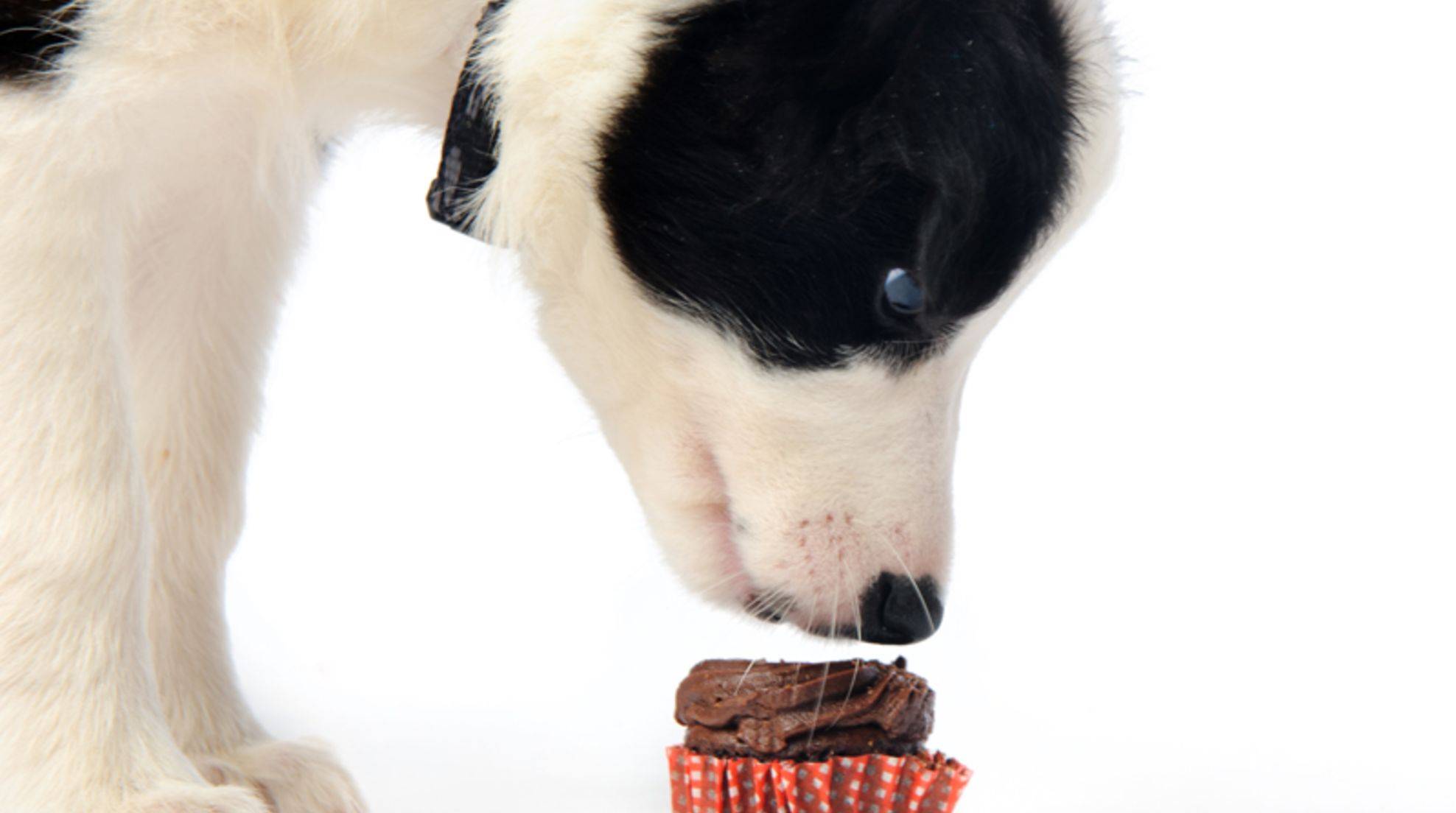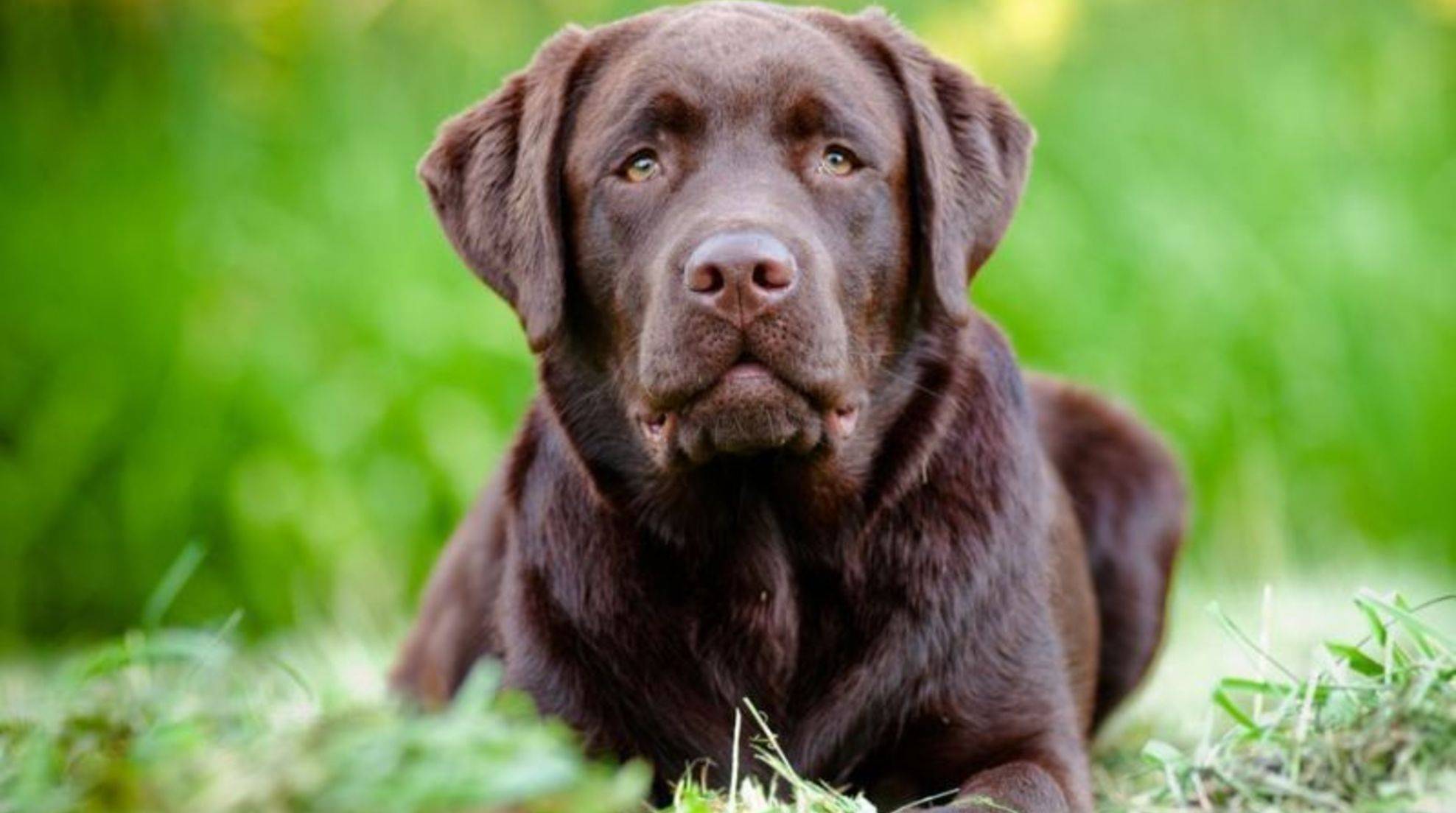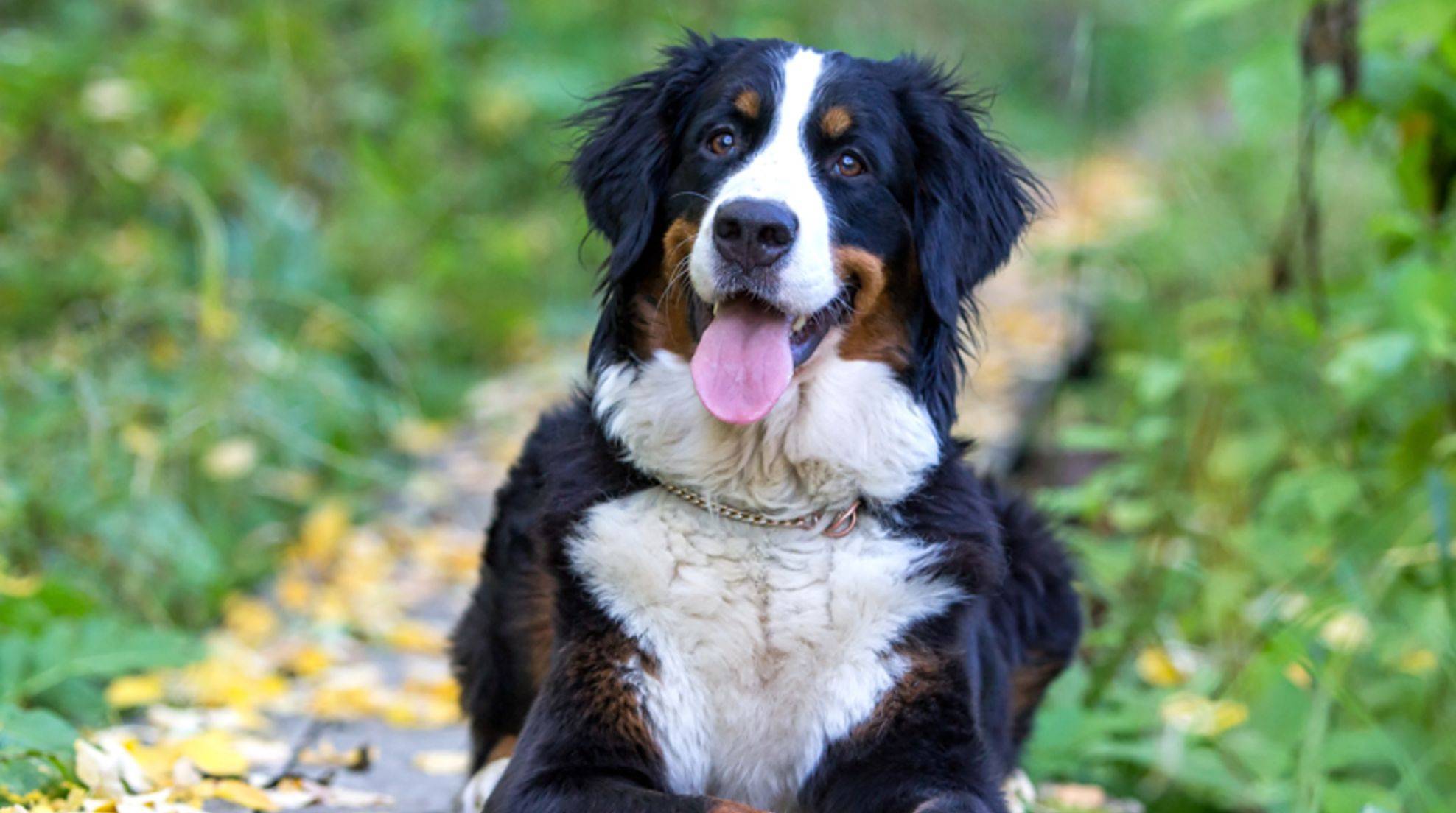Bathing dogs: How to do it right
Whether after a particularly exuberant walk or romping in the mud, dogs need a bath from time to time. Here are some tips for giving your high-spirited companion a stress-free shower in the bathtub.
The dog’s fur has a natural greasy film that repels dirt and moisture. Too frequent bathing destroys this protective layer – and it takes about six weeks to recover. Bathing your dogs regularly is often meant lovingly, but not at all necessary.
When dogs need a bath
However, if your pet’s coat is filthy from dust and dirt, extremely smelly or flaky, a rinse in the tub is recommended. Otherwise, it is enough to dry the soil and then brush it out. Try not to bathe your dog more often than about every two months, somewhat less often. This will give your four-legged friend’s skin enough time to recover from the bath.
Only use a mild dog shampoo without fragrances for very stubborn dirt. Our fuzzy companions have a more refined sense of smell than we do – scents that we find pleasant usually do not appeal to them. In addition, too aggressive substances attack the natural acid protection of the dog’s skin. This can later lead to itching and cause dry skin. It is often enough to rinse your faithful friend with lukewarm water.
Caution. If your dog has caught a skin fungus, other skin diseases, or parasites, you will have to bathe him several times in a row and treat him with a particular product. In this case, discuss with your veterinarian the best way to proceed.
Tip 1: Prepare the tub well
Before starting, you should provide a bit of grip and place a rubber mat in the tub. That way, your four-legged friend won’t slip off. By the way, a baby tub will do for small dogs. Set the water temperature to a comfortable warmth and keep a mild dog shampoo on hand if necessary.
Puppies, in particular, should not be made to take an unnecessary bath if at all possible. The earliest you can put them in the tub is 12 weeks – but only if you have to.
Tip 2: Be careful when showering
You must be especially careful around the eyes and nose when bathing dogs. Dogs are susceptible in these areas. Tip: When rinsing, start with the back and sides first and then work your way to the head. If you have used dog shampoo, you should wash it out very thoroughly. Starting at the head, thoroughly rinse any residual shampoo in the coat. Make sure that no shampoo gets into the ears in the process.
Tip 3: Dry properly
After the shower, you can still rub your dog dry in the tub with a towel. But be careful: otherwise, you might damage the hair. A tip for the summer: Let your dog shake out his coat outside and then dry it in the sun. In winter, your now clean friend can lie comfortably in front of the heater.
If your dog does not mind, you can also help with the hairdryer. However, many animals are afraid of loud noise.

